Is reading a visual memory task?
Through current research, scientists have discovered how we learn and store words. A misconception was that we store words through visual memory. Reading is not a visual memory task. This explains why a struggling reader would know a word one day and not the other. It’s not a problem with visual memory. These children usually perform well on visual memory tasks.
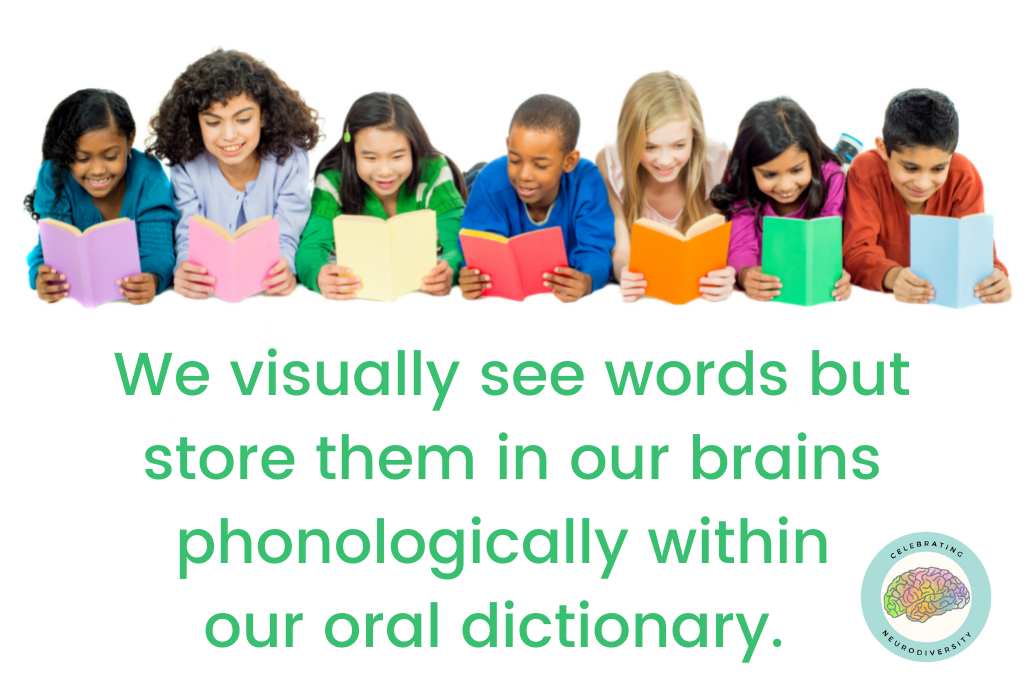
How do we learn to read?
If it’s not visual memory, how do we learn to read? We learn to read by mapping and permanently storing words so we can automatically retrieve the word later. This is most commonly known as orthographic mapping. Now that we know how the brain stores words, we can adjust our teaching to see better results in reading fluency and in turn comprehension.
We have an oral dictionary of sorts in our brains that allows us to access words we hear. This is the same area of our brain that we use for reading words. We visually see words but store them in our brains phonologically within our oral dictionary. Whether we hear or see/read a word, it is activated in the same part of the brain. We were not born with brains wired to read. Rather, we rewire the language processing systems of the brain for reading.
What is orthographic mapping?
As stated above, we learn to read by mapping and permanently storing words so we can automatically retrieve the word later. When we map words, we are creating meaningful letter strings that match the order of sounds (phonemes) in the spoken word. This is how we store words into permanent memory. Good readers naturally map words by making the connection between the sounds in spoken words and the letter strings used to represent those sounds.
Struggling readers, on the other hand, need explicit instruction in the beginning stages of orthographic mapping to make the connection between phonemes and graphemes. Before struggling readers can permanently store words, they MUST have phoneme awareness and letter sound skills. Then they can start the process of understanding that written letters match up with spoken sounds. Even struggling readers can learn and permanently store words quickly and accurately to help them increase reading and spelling fluency when taught correctly.

How can we promote orthographic mapping?
All activities should include the relationship between spoken sounds and the letters that represent those sounds. It’s important to discuss sounds first, before even seeing the printed word. Train students, so they can take this knowledge of mapping and use it to learn and permanently store many more words independently.
Phoneme to grapheme mapping with templates
How to use Orthographic Mapping Templates
- The teacher says a word.
- The student repeats the word.
- The student puts a manipulative in the circles or first square for each sound they hear. If using a sheet with only the boxes for the graphemes, have the student tap out the number of sounds they hear.
- The student writes the letters while saying the sounds that correspond with the sounds they heard in step three in the square boxes. There may be more than one letter in a box if the letters represent one sound. For example sh, th, or igh would be in one box.
- The student writes the word on the line provided and reads it one more time.
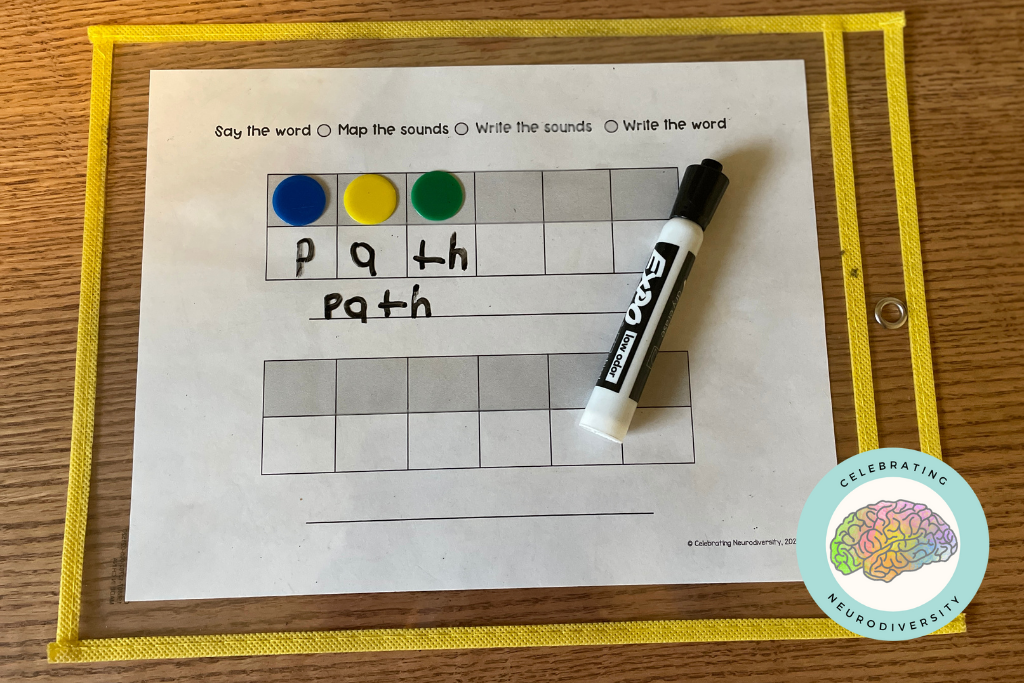
These templates can be used with many objects making the activity even more multisensory.
- Plastic chips
- Pom poms
- Cubes
- Small erasers
Are you looking for ready-to-use phoneme-grapheme templates? I’ve got you covered!
Phoneme to grapheme mapping with popper fidgets
Popper fidgets are all the rage right now and are a great way to get students engaged and having fun with mapping words.
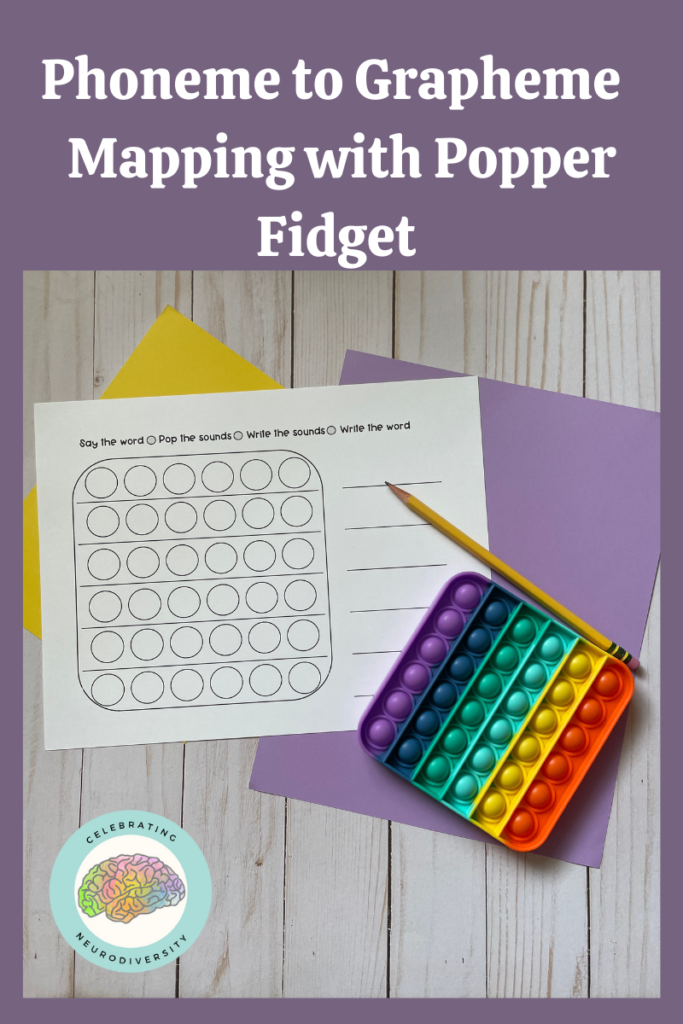
How to use a Popper fidget with phoneme to grapheme mapping
- The teacher says a word.
- The student repeats the word.
- They pop a popper down for each sound they hear.
- The student writes the letters while saying the sounds that correspond with the sounds they heard/popped in the circles on the sheet.
- Then the student writes the word on the line provided.
Would you like a FREE phoneme to grapheme mapping sheet to use with a popper fidget? Yes, please!
Themed Phoneme-Grapheme Mats are another fun option that my students love!
Would you like to learn more?
Here is a related article about word families and orthographic mapping.

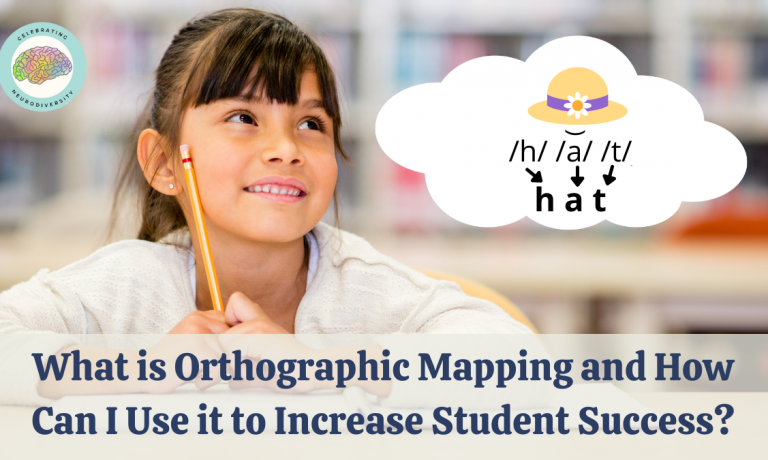
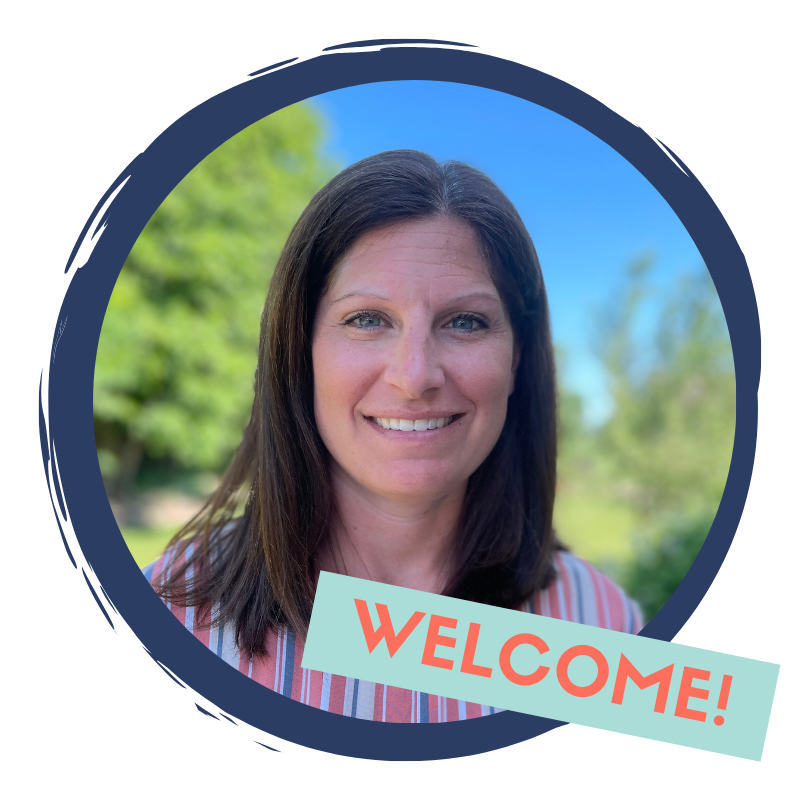

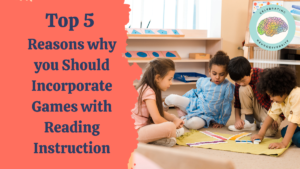
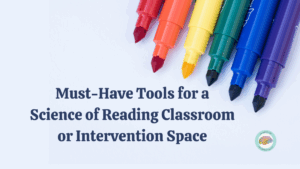
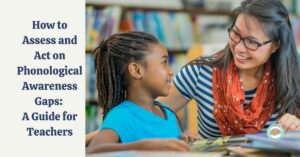
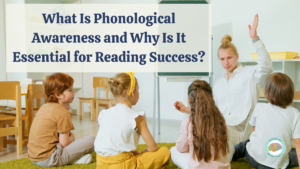

2 Responses